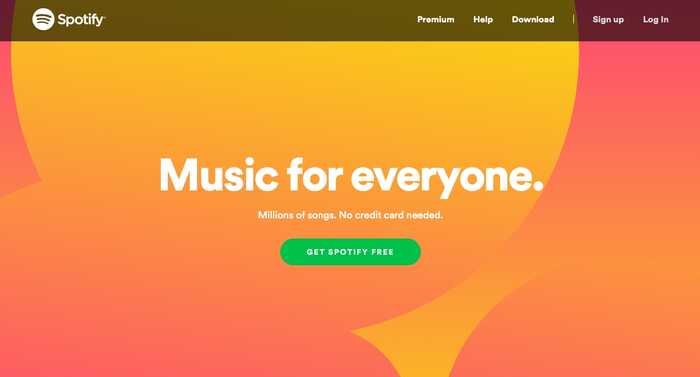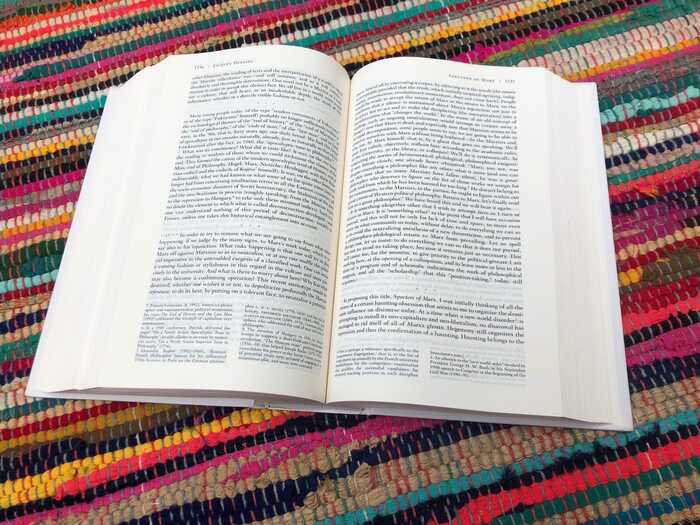Monster Copy: How To Tackle Horrible Writing

The Internet is jam-packed with monstrous content.
We’re not talking about images and design - yet - we’re talking words. Written content.
Most of it is dire. You’ll see lots of reasonably-written websites because Google only wants to show you the good stuff, but trust us - most of the Internet is written in crayon.
It’s too long, too corporate, too gimmicky and plain unreadable.
Why is this important?
If the Internet is full of rubbish, it means having brilliant written content will set you completely apart from the nondescript, forgettable majority.
Sounds simple.
In theory, yes. In practise? Well… you need practise.
Writing brilliant content that your customers (and Google) will adore is trickier than flinging some words on a page. Trust us.
Ensuring your written content is good enough for today’s notoriously quick-to-judge audiences is critical. If they don’t like what they’re reading, they’ll go elsewhere. We want your audience to stay on your website and dig in, learn more and eventually tug on their precious pursestrings.
Let’s dive in.
What Does “Bad” Content Look Like?
There are some simple errors to avoid - with all the spell-checking software and apps out there, there isn’t really any excuse for atrocious spelling, for instance. Free apps like Grammarly will even make suggestions on sentence structure to make everything snappier. And unless you’re a pro, avoid cliches.
But in real terms…
“Bad” content doesn’t convert viewers. It won’t get them to take action because it doesn’t click with them.
Why does this happen?
In our experience, it happens because sub-par web copywriters and uber-focused business owners work so hard on writing content they love, and they forget who they’re actually writing for - the audience.

Writer-driven content
- Deliberately “clever”
- Too complex
- Tries to pull off cliches
- Expects the reader to fill in the gaps and leaps of logic
Result: content can be fancy and distracted by its own cleverness. The writing is done to make the writer feel prodigal and unique instead of serving the customers in question. It’s showing off, plain and simple.
Disclaimer: a good copywriter will not make these mistakes.
Company-driven content
- Too self-absorbed
- Frighteningly keyword stuffed
- Over-sharing every single detail
- Presuming the audience is also an expert
Result: the copy is self-absorbed, shouty and unintuitive, forgetting that customers don’t have their expertise. It tries to make the company look as good as possible, at the expense of selling the product. Sometimes sentences are ALL IN CAPITALS.
The top tier of content is written for the intended audience - the customer. This isn’t frilly or fancy, or jargon-stuffed and needy. It speaks directly to the customer, and always converts best.
WINNER: Customer-driven content
- Informative without being corporate or soulless
- Sells the benefits first
- Cites the features later
- Crafts an easy-to-follow customer journey
Customer-driven content is the standard we all need to aim for. It can be tricky putting yourself in someone else’s shoes, but that’s what we need to do to write compelling content that connects with readers and draws them along the buying funnel.
With that in mind, here are five realistic ways of cranking your content conversions up.
Five Tips For Readable, Shareable Content Your Readers Will Devour

SEO is a thread, not a nail
Our keywords are always a great place to start - it helps up aim our writing at the right targets. But there’s a temptation to add loads of keywords to make absolutely sure Google sees them - but this is a mistake. Keyword stuffed content is weird and unreadable, and gets you penalised and your rankings will actually drop.
Here’s Google’s example of keyword stuffing. There's way too many keywords in there. It doesn't read remotely like a normal person would speak, which is what great web content does effortlessly.
We sell custom cigar humidors. Our custom cigar humidors are handmade. If you're thinking of buying a custom cigar humidor, please contact our custom cigar humidor specialists at custom.cigar.humidors@example.com.
Top tip: think of your keywords as a golden stitch rather than a nail.
Weaving SEO throughout your content is much better than hammering it in every other word. Viewers will “ooh” and “aah” at a beautiful stitch threading organically through a tapestry, but won’t be impressed by millions of broken nails stuffed everywhere.
Active voice is better than passive voice, almost every time
Grammarly says it best in this article with these examples.
Passive voice: "Bananas are adored by monkeys."
Active voice: "Monkeys adore bananas."
The active voice is more direct and interesting. I care about the monkeys, not the bananas - put the monkeys first. This can be a difficult habit to break, but understanding the difference is the first step in identifying it in your writing and stopping it.
In simple terms, the subject performs an action, rather than the action being performed by the subject.
“The gecko bit the man.”
...instead of...
“The man was bitten by the gecko.”
Don’t get us wrong - sometimes passive is required. But far more often than not, the active voice is stronger.
Keep it interesting
Keeping sentences short doesn’t mean make them boring. The world is full of boring content - making it double-take-worthy is where you rise above the majority.
Avoid using flimsy, flabby words that don’t make any impact.
“Really” and “very” are precursors to weak language. If you spot it in your writing, chances are the content will read better if you change the word they’re attached to, to something stronger.
Like so:
Weak: it’s really good.
Strong: it’s spectacular.
To quote Robin Williams from Dead Poets Society:
A man is not very tired, he is exhausted. Don’t use very sad, use morose.
Use powerful calls-to-action to get readers to do what you want
Don’t ever expect a reader to telepathically figure out what you want them to do. Make the buyer journey as easy as possible by using a call-to-action, or CTA, to signpost what you’d like them to do.
These can appear as buttons, pop-up’s and contact forms, and can be anywhere on your website.
Common CTAs include:
- Share content on social media feeds
- Downloading a resource, like an eBook or a helpful guide
- Subscribing to a newsletter or email list
- Schedule a demo
- Buy a product or service
Certain phrases trigger action because readers are hardwired to respond to them, such as:
- Subscribe
- Try for free
- Sign up now
- Get started
- Join free
- Get it now
- Continue
- Send to me
Check out this example from Spotify. The CTA is bright green to contrast with the webpage, it uses the trigger word ‘free’ to pique interest, and is smack in the middle. You can’t miss it. It’s begging to be clicked.

Use savage editing for the best possible web content
Ever heard the saying “kill your darlings?”
This is 100% true in editing. It doesn’t matter if you’ve written something worthy of Shakespeare - if it isn’t helping move customers towards a purchase, it’s wasted space and needs to go.
Let’s start by banishing a common culprit. Remember the essays and academic tomes you wrote at school? Maybe at University?

(Source: one of the books our digital marketer kept from University. It's incomprehensible.)
Forget it. Immediately.
Look at the shape of this blog insofar. Several of the paragraphs are only a few words long and the tone is conversational. No word is longer than it needs to be - no “pulchritudinous” when “dazzling” will do.
Keep sentences as short as possible. If you can shorten your sentences without losing meaning or impact, do it. Any useless word gets cut. Your writing will be better for it.
For example, let’s revisit a few lines from this blog that were savaged during the editing process:
The original..
“Bad” content is not going to convert your viewers.
Once edited...
“Bad” content doesn’t convert viewers.
See the difference? The second version is almost half the size and much punchier. Another example...
It’s not going to compel your audience to take action, because it doesn’t resonate or click with them.
Once edited...
It won’t get them to take action because it doesn’t click with them.
No unnecessary commas or pauses, no uncertain language. Just a straight fact.
Editing needs to be savage, and that comes with practise. Ask someone else to edit your content to get a second pair of eyes over for a fresh take. A first draft rarely survives editing unscathed - and that’s not a bad thing.

Posted by Ange Swan on October 25th 2019
